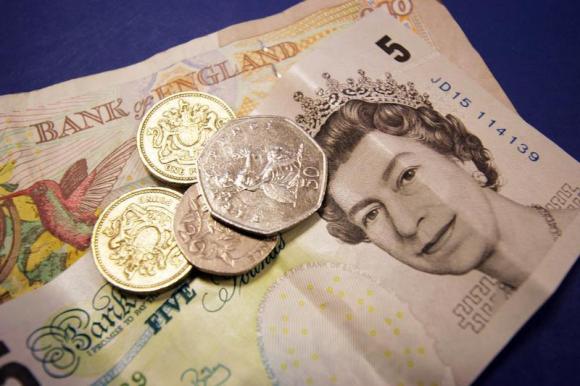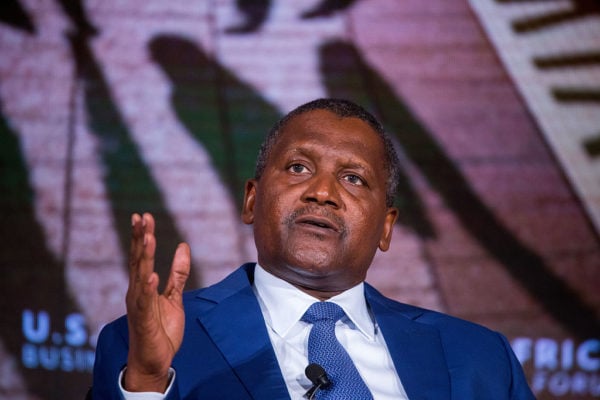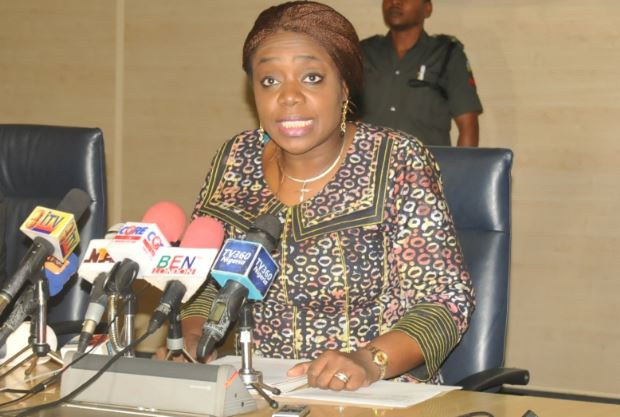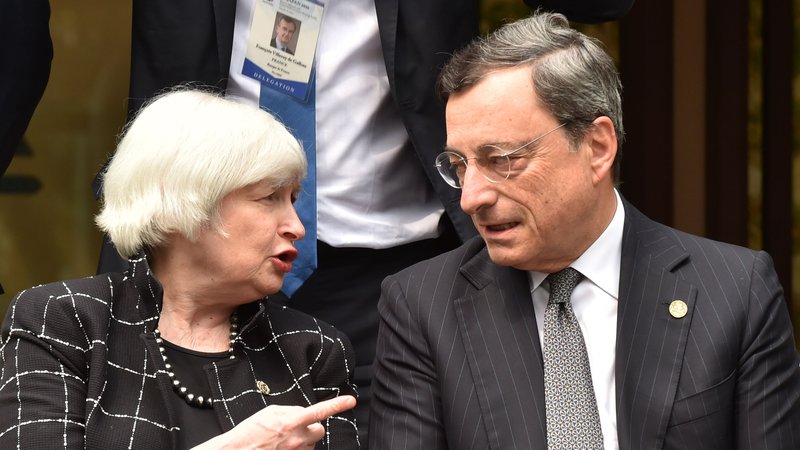The British Pound is trying to steady its stance at 1.28, after stronger than expected UK wage growth figures spared it from further losses, following a heavy decline noted in the latest inflation figures that were released yesterday.
Once the results of the UK jobs report are absorbed by the headlines, these are unlikely to remain a key driver behind British Pound price action. The UK inflation data has crumbled optimism over the Bank of England (BoE) raising interest rates any time soon.
I think that even the most cautious optimist must be realizing that the case for the BoE to raise UK rates over the coming months is very slim. The Sterling is more sensitive to monetary policy speculation than anything else at present.
This means that with interest rate rise talk fading into the background, this will result in many buyers losing interest in the Pound. I don’t think there are any chances that the BoE will be raising UK interest rates over the upcoming months.
Advertisement
Let’s also not forget that Governor Carney famously flirted with the prospects of higher UK interest rates just a few years ago, before backtracking. While the BoE has previously flirted with increasing interest rates, there is no reason for the Monetary Policy Committee (MPC) to vote for higher rates any time soon.
The only reason for the interest rate talk in the first place are UK inflationary pressures, but the British Pound, rebounding from its milestone 30+ year low below 1.20 in late 2016, should ease inflationary pressures later this year. This, coupled with the ongoing EU uncertainty and falling growth, will ultimately encourage the BoE to at least maintain rates at the current record low.
There is no real incentive for investors to be long on Pound as it stands. Unless there is another round of excessive USD weakness, traders are likely to jump on future opportunities to enter selling positions, when the Pound/Dollar is trading above 1.30.
Advertisement
EURUSD continues dipping lower
The Eurodollar is continuing to gradually ease away from its two-year high above 1.19, which was seen earlier this month, with the EURUSD at risk to dipping below 1.169 at time of writing. Reports that ECB President, Mario Draghi, will downplay any policy shift announcement at next week’s Jackson Hole conference, seems to have been used as a catalyst to sell the Euro. I also wouldn’t rule out the possibility that investors might be starting to price some German election premiums, into their portfolios.
With this in mind, the Euro has rallied significantly in recent months and it is possible that the EURUSD will remain under pressure in the near-term. My view is that Euro buyers will consider entering more buying positions on EURUSD, as it heads towards 1.15.
Investors need to remain alert ahead of FOMC minutes
Advertisement
I don’t think US interest rate expectations are as dead in the water, as the markets have suggested in recent weeks. If the FOMC minutes release, due this evening, provides a hint to investors that the Federal Reserve could pull the trigger on another US interest rate rise late in 2017, the USD is in line to receive another bid.
Add a comment







